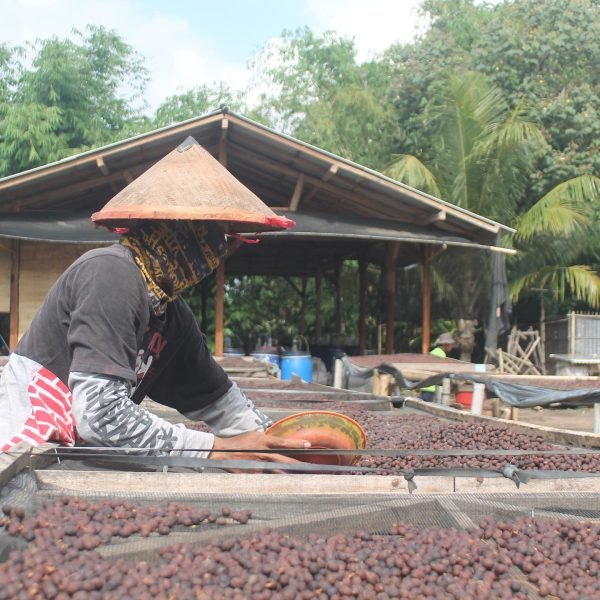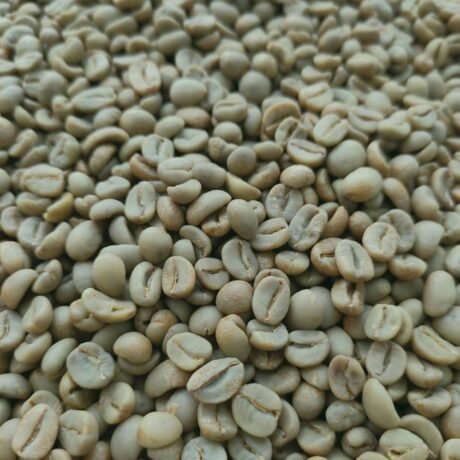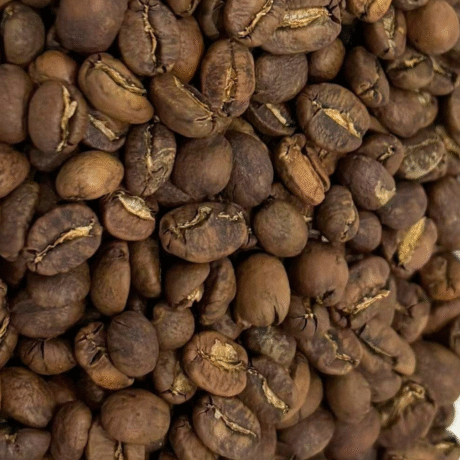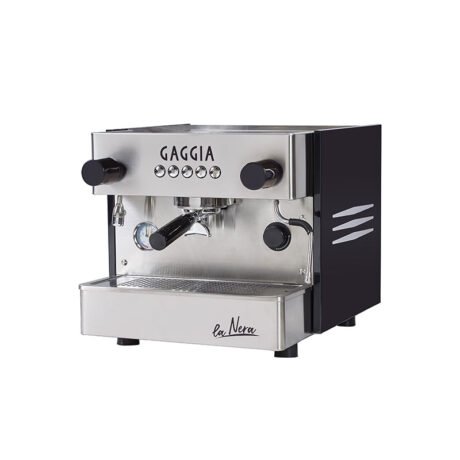Indonesia is not only renowned for its breathtaking landscapes and diverse culture but also for its deep-rooted coffee heritage. The country’s specialty coffee has gained international acclaim, making it a sought-after commodity for coffee wholesalers worldwide. If you’re looking to enter the Indonesian coffee wholesale market, here are ten crucial insights to help you navigate the industry successfully.
1) Indonesia’s Coffee Landscape in 2025
Indonesia stands among the world’s essential origins for green coffee. The archipelago delivers scale, diverse cup profiles, and dependable shipping routes through Sumatra, Java, Bali, Sulawesi, Flores, and Papua. The country’s robusta output anchors high-volume blends and instant categories, while its arabicas—particularly Aceh Gayo and Lintong/Mandheling—provide syrupy body and distinctive character for premium lines.
Build your topical understanding with these deep dives on your site:
- Sumatra coffee taste characteristics and ideal brewing angles: Sumatra Coffee: Taste Characteristics and the Best Brewing Method
- A full origin narrative: Discover Sumatra
- Indonesia’s specialty landscape overview: Indonesia Specialty Coffee: Which One Is the Best?
2) Origin & Flavor Map: Where Each Profile Lives
Indonesia Coffee Wholesale requires a precise map of regions, ports, processes, and harvest windows. Use this regional compass to architect your portfolio:
| Region | Port Gateway | Elevation & Common Varietals | Processing Norms | Cup Markers | Useful Resource |
|---|---|---|---|---|---|
| Aceh Gayo (N. Sumatra) | Belawan (Medan) | 1,200–1,600 m; Catimor, Bourbon, TimTim | Wet-hulled, washed | Cocoa, cedar, herbal spice; dense body | Choosing the Best Aceh Gayo Green Coffee Beans |
| Lintong / Mandheling | Belawan (Medan) | 1,100–1,400 m | Wet-hulled | Earthy-sweet, tobacco, dark chocolate | Sumatra Coffee |
| Lampung (Robusta) | Panjang (Lampung) | 400–800 m; Robusta | Natural, wet-hulled | Dark cocoa, woody spice, heavy body | Lampung Coffee: One of the Best from Sumatra |
| Java (Ijen, estates) | Tanjung Perak (Surabaya) | 900–1,500 m | Washed | Balanced acidity, citrus, brown sugar | Combining Indonesian Coffee with Espresso |
| Bali Kintamani | Tanjung Perak (Surabaya) | 1,200–1,600 m | Washed, natural | Clean fruit, florals, round sweetness | Guide to Extending the Life & Aroma of Coffee Beans |
| Sulawesi Toraja | Makassar / Surabaya | 1,200–1,800 m | Washed, wet-hulled | Forest spice, stone fruit, syrupy texture | A Guide to Toraja Coffee |
| Flores Bajawa | Tanjung Perak (Surabaya) | 1,200–1,500 m | Washed, honey | Nutmeg, caramelized sugar, soft fruit | Specialty Coffee Processing |
| Papua (Wamena, Nabire) | Jayapura / Surabaya | 1,300–1,800 m | Washed, natural | Dried fruit, cocoa nib, gentle acidity | Store Coffee Beans |
Action: Build blends that leverage Lampung robusta for structure and crema and deploy Aceh/Lintong arabicas for signature depth.
3) Arabica vs. Robusta: What to Buy and Why
Robusta from Indonesia supplies reliable backbone for espresso bases and soluble applications with powerful body, crema stability, and low volatility in large volumes. Arabicas from Sumatra, Java, Bali, Sulawesi, Flores, and Papua deliver complexity and origin storytelling.
Strengthen your product content with these internal resources:
- Robusta vs. roast style clarity: Espresso vs. Dark Roast Coffee Beans
- Health and consumer education hooks for category pages: Effects of Coffee on Health and Addiction
- Market growth context for commercial pages: Rise of Specialty Coffee Market Growth
4) Processing Methods: Wet-Hulling, Washed, Natural
Indonesia’s processing mix defines cup style and commercial positioning.
- Wet-Hulling (Giling Basah): Signature Sumatran mouthfeel, lower perceived acidity, cocoa-earth complexity, and heavy body—ideal for espresso bases and bold single-origins.
- Washed: Clean structure with articulate acidity and transparent variety expression—strong in Java estates, Bali Kintamani, and parts of Toraja.
- Natural / Honey: Elevated fruit esters, wine-like sweetness, and high sensory distinctiveness—common in Bali, Flores, Papua.
Use these content pillars to educate buyers and rank for process queries:
- Process deep-dive: Specialty Coffee Processing
- Fermentation angle for content diversity: Fermented Coffee Beans: The Healthy Secret
- Brewing tutorials that retain readers: Brewing Time: Pour-Over Coffee and The Art of French Press Coffee Ratio
5) Quality & Grading: SNI + Specialty QC
Indonesia uses a defect-based national standard for green coffee grading. Specialty buyers layer SCA physical and sensory protocols on top of SNI to lock quality, reduce disputes, and streamline acceptance.
Your non-negotiables
- Physical: Screen size targets (e.g., 17/18 for premium Lintong), moisture 11–12%, tight defect tolerance.
- Sensory: Calibrated cupping with a signed form, sample-matched to the PSS (pre-shipment sample).
- Traceability: Lot ID to farm/co-op, village, elevation, process, and harvest date.
- Documentation: Photos of the lot, bag markings, and container seal numbers.
Drive internal education and interlink authority with:
- Indonesian standard explainer: Indonesian National Standards for Green Coffee Beans: Grading System
- Specialty grading explainer: Cup Above the Rest: The World of Specialty Coffee Grading
- Cupping rigor: SCA Cupping Form: The Secret to Becoming a Coffee Pro
6) Sustainability & Compliance: EUDR and Certifications
The EU Deforestation Regulation (EUDR) mandates deforestation-free, legal, and geolocated coffee with due-diligence statements. Prepare every EU-bound lot with farm polygons, risk assessment files, and complete recordkeeping.
Position your brand and rank for regulatory head terms with:
- Regulatory hub page: EUDR Regulations: New Challenges for the Coffee Industry
- Sustainability narrative: Sustainable Coffee Production
- Agronomic best practices that resonate with certification buyers: Intercropping in Coffee Cultivation (Tumpang Sari)
7) Export Documentation & HS Classification
Clean documentation prevents delays and claims. For HS Code 0901 shipments, align your checklist:
- Commercial Invoice, Packing List, Bill of Lading
- Certificate of Origin (SKA) per trade scheme
- Phytosanitary Certificate
- Export Declaration (PEB)
- Insurance tied to the Incoterms in the contract
Give readers a definitive classification page and build topical depth:
- HS foundation for SEO and ops teams: Understanding HS Codes for Coffee Beans (Use this piece as your HS explainer page even if the title is playful; add an editor’s note clarifying HS 0901 in the body of that page.)
8) Logistics, Ports, Incoterms, and Packaging
Ports that govern your routing
- Panjang (Lampung) for robusta
- Belawan (Medan) for Sumatra arabica
- Tanjung Perak (Surabaya) for Java and eastern islands consolidation
Incoterms that work
- FOB when you control ocean freight and insurance directly
- CFR/CIF when you prefer supplier-booked freight with transparent routing and insurance
Packaging that protects
- Jute + GrainPro/liner or PP + liner
- Desiccants in every box; check containers for dryness and odors
- Data loggers for long routes and volatile climates
Connect readers to practical storage and shelf-life content:
- Long-term freshness: Store Coffee Beans and Why Is a Coffee Canister Important?
- Extended retention strategy: Freezing Coffee Beans
- Travel and compliance queries: Can I Take Coffee Beans on a Plane?
9) Pricing, Hedging, and Market Signals
Indonesian robusta pricing references in Lampung shape the regional basis. Structure risk with:
- Staggered contracting across months
- Options to control downside without capping upside
- Quality-linked differentials tied to SNI grade and PSS approval
- Origin diversification using Java/Bali/Toraja/Flores/Papua arabicas to hedge sensory risk
Support your commercial pages with market-education content:
- Wholesale buyer education: Where to Buy Green Coffee Beans: Things to Consider
- Supplier evaluation: How to Find the Best Specialty Coffee Beans Suppliers
10) Buyer’s Playbook (Step-by-Step)
Step 1 — Define the portfolio
Lock your ratio of Lampung robusta for body and crema, Aceh/Lintong for syrupy structure, and Java/Bali/Toraja/Flores/Papua for clean, nuanced single-origins.
Step 2 — Write tight specifications
Origin, altitude, process, SNI grade, screen size, moisture 11–12%, water activity thresholds, cup score, and allowable defects. Use this grading explainer as a shared reference: Cup Above the Rest.
Step 3 — Vet exporters and mills
Require a calibrated lab, documented EUDR readiness, polygon capture workflows, and sample-to-lot integrity.
Step 4 — Sample workflow
Approve PSS per lot and require shipper’s cupping sheet that matches your lab’s results. For brew-method-focused buyers, guide readers to pour-over and French press tutorials:
Step 5 — Contract with zero ambiguity
Fix Incoterms (FOB/CFR/CIF), shipment window, quality arbitration with objective measurements, penalties for moisture/a_w variance, and claims procedure.
Step 6 — Compliance pack
Attach farm polygon files, risk assessment notes, and due-diligence statement references for EU lanes. Consolidate COO (SKA) and Phytosanitary copies in the shipment file. Reinforce policy knowledge here: EUDR Regulations.
Step 7 — Book logistics and protect quality
Mandate liners, desiccants, clean containers, and tracking. Link readers to storage mastery: Guide to Extending the Life & Aroma of Coffee Beans.
Step 8 — Arrival QC
Sample on arrival, verify moisture/a_w against contract, and cup against the PSS. Release balance payment after acceptance. For ongoing calibration, keep the SCA Cupping Form top-of-mind: SCA Cupping Form.
Step 9 — Portfolio tuning
Close the loop with exporter scorecards, defect analytics, and annual origin visits. Enrich your editorial plan with processing and sustainability resources to retain and convert wholesale leads:
FAQ
Q1. What documents are required to export Indonesian coffee?
Answer: Commercial invoice, packing list, bill of lading, Certificate of Origin (SKA), Phytosanitary Certificate, Export Declaration (PEB), and insurance aligned with Incoterms. For classification context, reference your explainer: Understanding HS Codes for Coffee Beans.
Q2. How is Indonesian coffee graded?
Answer: Indonesia applies a national defect-based standard. Specialty buyers align it with SCA physical and sensory protocols. Hand your team these primers: Indonesian National Standards for Green Coffee Beans and Cup Above the Rest.
Q3. What defines classic Sumatran flavor?
Answer: Wet-hulling (Giling Basah) yields heavy body, cocoa-earth depth, and lower perceived acidity. For a grounded primer, use: Sumatra Coffee: Taste Characteristics.
Q4. Which Indonesian ports handle most coffee exports?
Answer: Panjang (Lampung) for robusta, Belawan (Medan) for Sumatra arabica, and Tanjung Perak (Surabaya) for Java and eastern islands consolidation. Keep logistics readers engaged with: Where to Find Raw Coffee Beans.
Q5. How do I choose the right suppliers?
Answer: Verify a calibrated lab, consistent sample-to-lot accuracy, traceable lots, and EUDR-ready data capture. Equip buyers with: How to Find the Best Specialty Coffee Beans Suppliers.
Q6. What storage practices preserve cup quality through transit and warehousing?
Answer: Use liners, desiccants, and clean containers; on arrival, store in airtight canisters away from heat and light. Offer practical guides: Why Is a Coffee Canister Important? and Freezing Coffee Beans.





